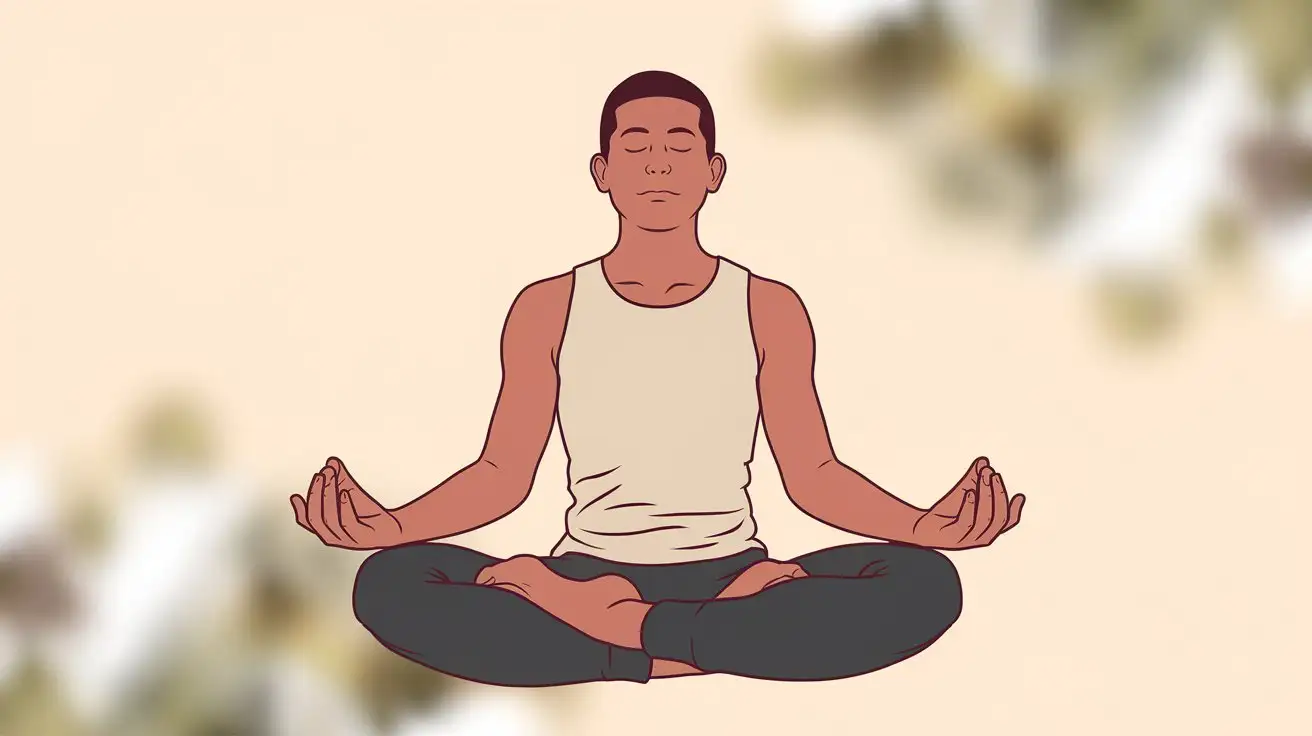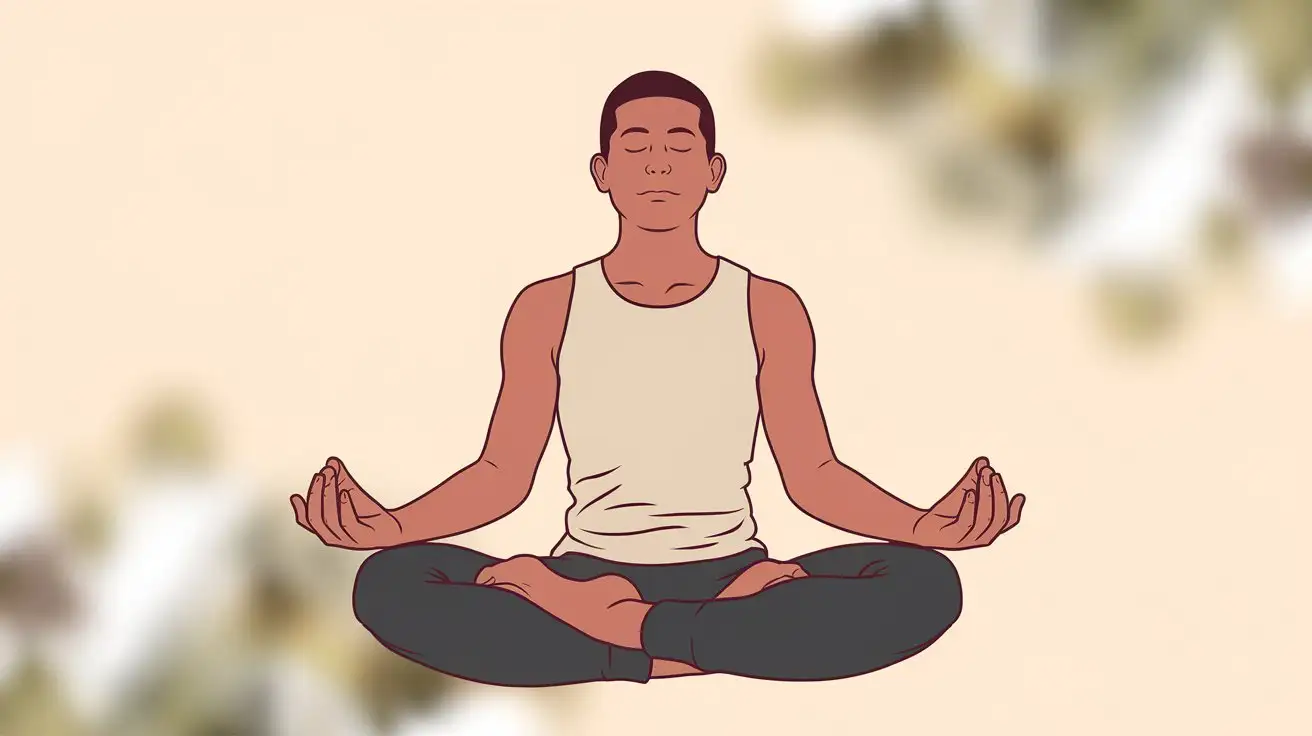Respiratory system:
 This pranayama improves respiratory capacity in muscles, especially for the diaphragm. the practitioners increase the capacity of the lungs at that time releasing both oxygen and carbon dioxide. this procedure boosts the efficiency of gas exchange in the lungs. this pranayama is leading to improve lung faction and respiratory system. scientific study shows that pranayama enhances lung capacity and athletes use pranayama as a starter.
This pranayama improves respiratory capacity in muscles, especially for the diaphragm. the practitioners increase the capacity of the lungs at that time releasing both oxygen and carbon dioxide. this procedure boosts the efficiency of gas exchange in the lungs. this pranayama is leading to improve lung faction and respiratory system. scientific study shows that pranayama enhances lung capacity and athletes use pranayama as a starter.
Nervous system:
an important point of Ujjayi breathing is the shift of balance from the sympathetic mode to the parasympathetic mode. these type of responses calms the mind, reduce heart rate, and promote a different sense. the parasympathetic nervous system reduce stress hormone and improve alpha brain activity. Oxford research said that ujjayi breathing slows down heart rate variability and BP, and increases the calming effect.
Circulatory system:
this breathing increases the amount of oxygen in the different bloodstreams. enhanced oxygenation at that time better circulation of oxygen in the body. the rhythmic level contraction and expansion of the lungs also boost circulation massage to the heart and improve venous system.
Endocrine system:
Ujjayi pranayama creates a direct impact on HPA (hypothalamus pituitary adrenal) axis. which controls the level of stress management, and secretion of hormones like cortisol.
Musculoskeletal system:
increase the supply of oxygen at that time improve blood circulation in muscles and feel relaxed. scientific study proves that high oxygen levels in the blood increase the capacity for muscle repair. this pranayama also helps in the release of endorphins, whose main work is to reduce muscle pain and promote a feeling of well-being.

